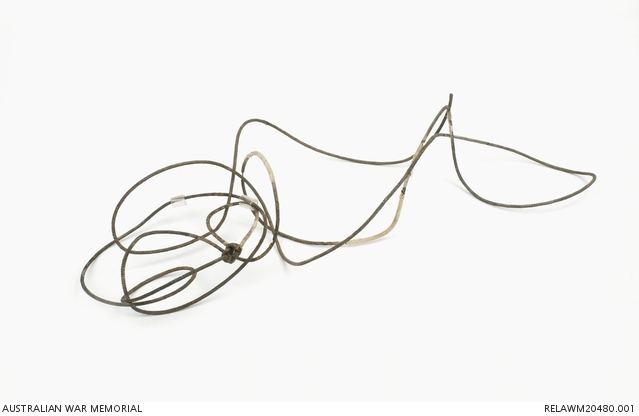Allies in adversity, Australia and the Dutch in the Pacific War: Massacre at Ambon
Massacre at Ambon
As part of the military agreement made by the governments of Australia and the NEI in 1941, AIF troops were sent to help garrison the island of Ambon, which lies just south of the larger island of Ceram. Ambon was an important air and sea link between Australia, New Guinea, and the northern NEI. The airfield at Laha, and the harbours of Ambon and Binnen Bays, were considered to be of vital significance to the Allies.
Accordingly, an Australian battalion (the 2/21st), with supporting units and a detachment of Lockheed Hudson bombers from No. 13 Squadron, RAAF, was landed at Ambon in mid-December 1941. This combined unit, known as “Gull Force”, reinforced the existing local garrison of 2,600 men, and was placed under the overall command of Dutch Lieutenant Colonel J.R.L. Kapitz.
Following intensive air attacks in late January 1942, the Hudsons were withdrawn, leaving the troops without support. The Japanese invasion on 29–30 January, supported by heavy air and sea bombardments, quickly overwhelmed the defenders, who surrendered on 3 February. The small force of about 300 men defending the airfield at Laha were summarily executed by their captors, and buried in mass graves. The fate of these men was not discovered until after the war, while the remainder of Gull Force endured a captivity so harsh that nearly 75 percent of them died before liberation.
Most of the men captured at Laha had their hands bound before execution. This signal wire was recovered from one of the bodies exhumed after the war. The enamel plate from the same site appears to have suffered bullet damage, although it is believed that most of the victims were either bayoneted or clubbed to death.
Officers of the 2/21st Battalion take a break in Darwin before embarking for Ambon in December 1941. Many of these men later died in captivity.
One of the four mass graves in which victims of the Laha massacre were buried. After the war, the bodies were moved to the Ambon War Cemetery.
Under Australian supervision, Japanese prisoners exhume the bodies of Australian and Dutch soldiers killed in the Laha massacre in February 1942.




